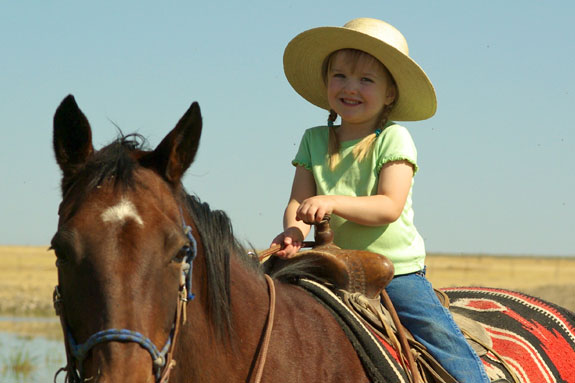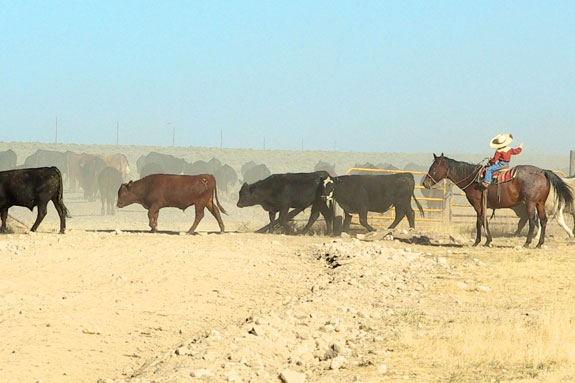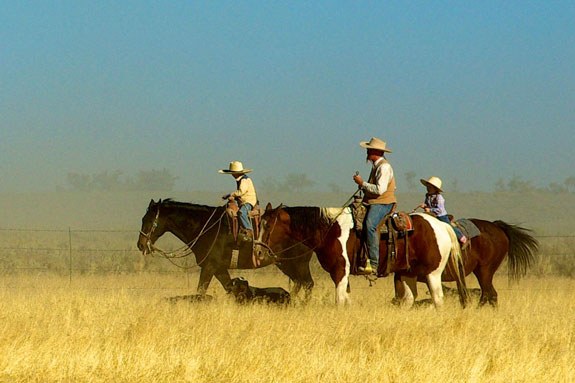Our older boys are gathering yearlings on the other side of the field. Days like these, when we are working together as a family, I often reflect on what has changed in the cattle industry over the generations.
My husband and I are proud to play a part in providing beef to consumers around the world, just like our parents and grandparents did. Both my husband and I grew up on cattle ranches and our children are the sixth generation of my husband’s family to live on this ranch near Three Creek, Idaho. As many ranch families know, this is a rich heritage.

Although my family and I continue the ranching tradition, cattle ranching is much different now than it was a generation ago. Modern production practices have made our operation more efficient and productive. At the same time, the beef industry is under continued scrutiny. We all know that environmentalists, animal activists, and bureaucratic agencies watch our every move. However, it is easy to overlook the consumers who also keep an eye on what we do.
As we trail the yearlings toward the corral, I glance at my 9-year-old son, who is riding in the lead with his father. Noticing his large flat hat, I recall the many curious looks we get when we are in town. Often we receive positive comments about the cowboy way of life. Other times though, we draw fire. Questions or comments from these consumers cover a broad range of topics. They want to know precisely how we care for our animals and the land. They are confused as to whether beef is a good choice for their healthy diets. I have had conversations with consumers in a variety of different settings: at my children’s school, at the grocery store and with my fellow detainees in our doctor’s waiting room.

Addressing these concerns can be difficult for us cowboys, not because we have anything to hide, nor because we don’t want to talk about what we do on our outfit. It may simply be that we haven’t prepared ourselves for the role of public relations director for our ranch, let alone the entire cattle industry. Not many cowboys aspire to dealing with public relations issues; however, it is a role that has been thrust upon us.
Consumers and the media are constantly questioning where their food comes from and how it is produced. Who better to answer these questions than cattle producers? Consumers need to know that cattlemen are committed to producing high-quality beef while still maintaining the sustainability of our operations.
Our industry is now in a position where we need to be not only good caretakers of our land and our animals, but also of our legacy. If we don’t take the time to address the concerns of our consumers, and ultimately the media, what type of ranching legacy will remain for our children?

I watch as my son counts the yearlings going through the gate. I hope we are preparing our children not only for traditional ranch work, but also to be advocates for the beef industry. I feel a quiet surge of love for this boy who wants to do everything his Dad does.
I overlook the fact that his count was off by nearly a hundred head; after all, he is only 7. ![]()
Kim Brackett is a member of the Cattlemen’s Beef Board. See more of her blog entries and photos at www.beefmatters.com.







